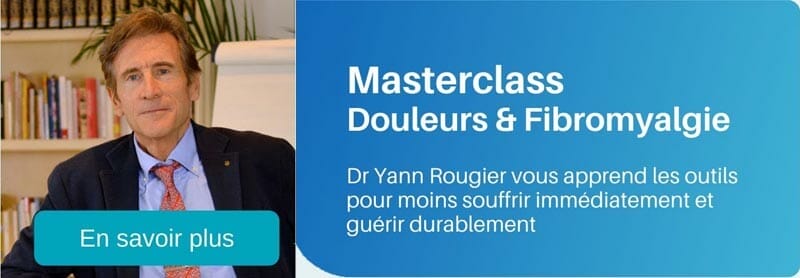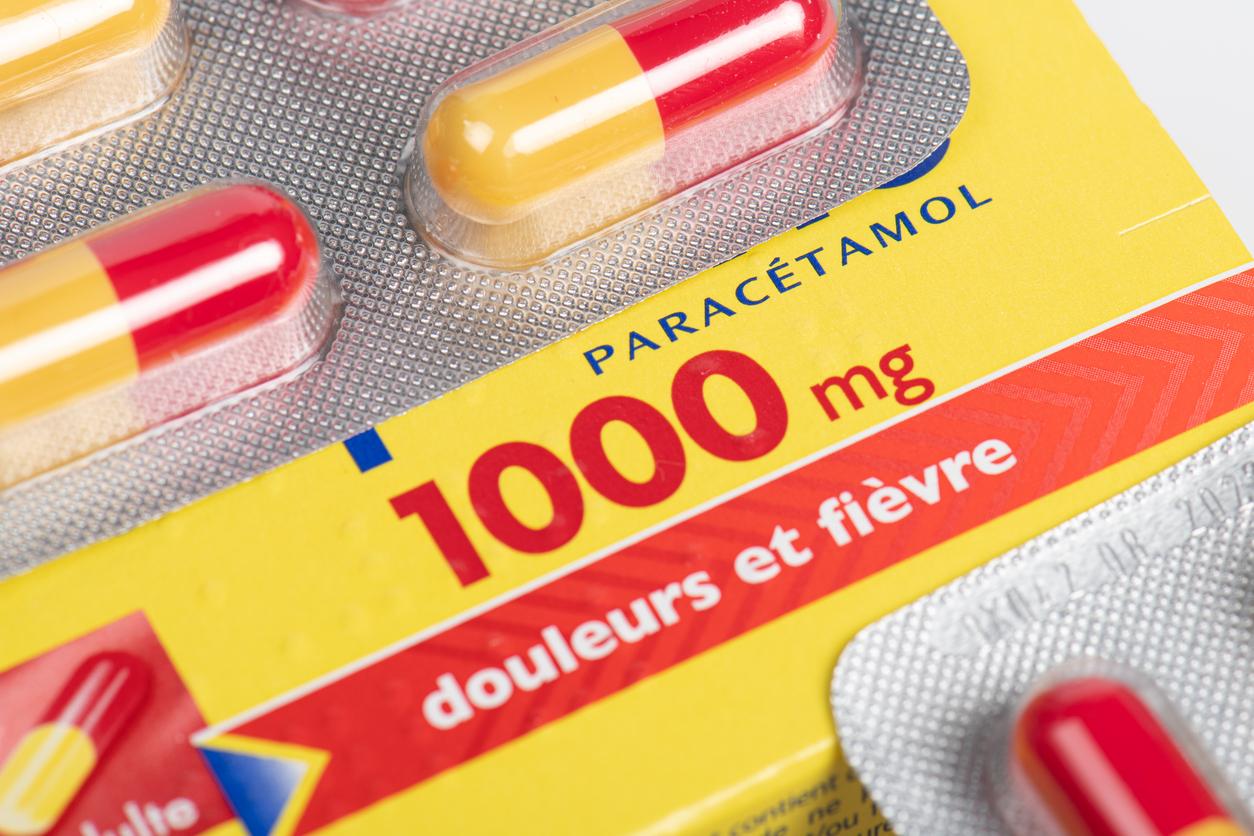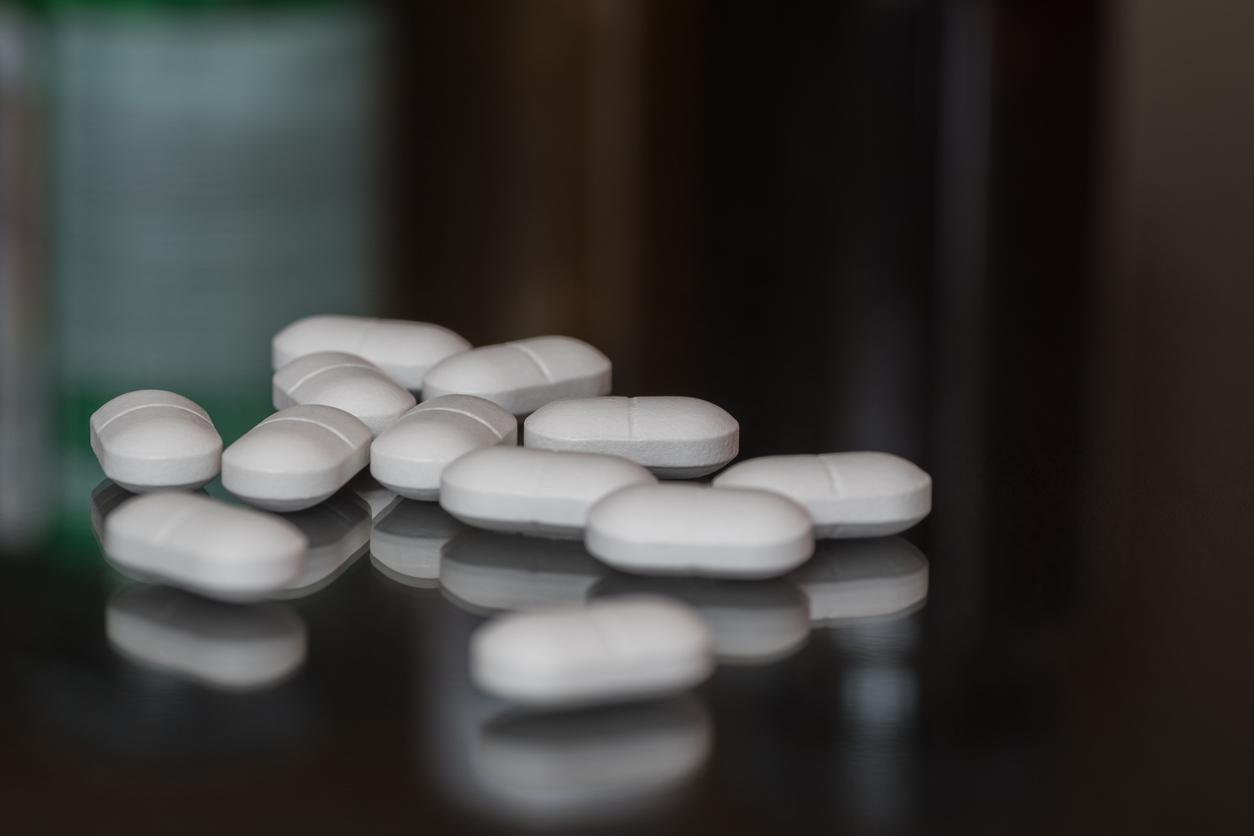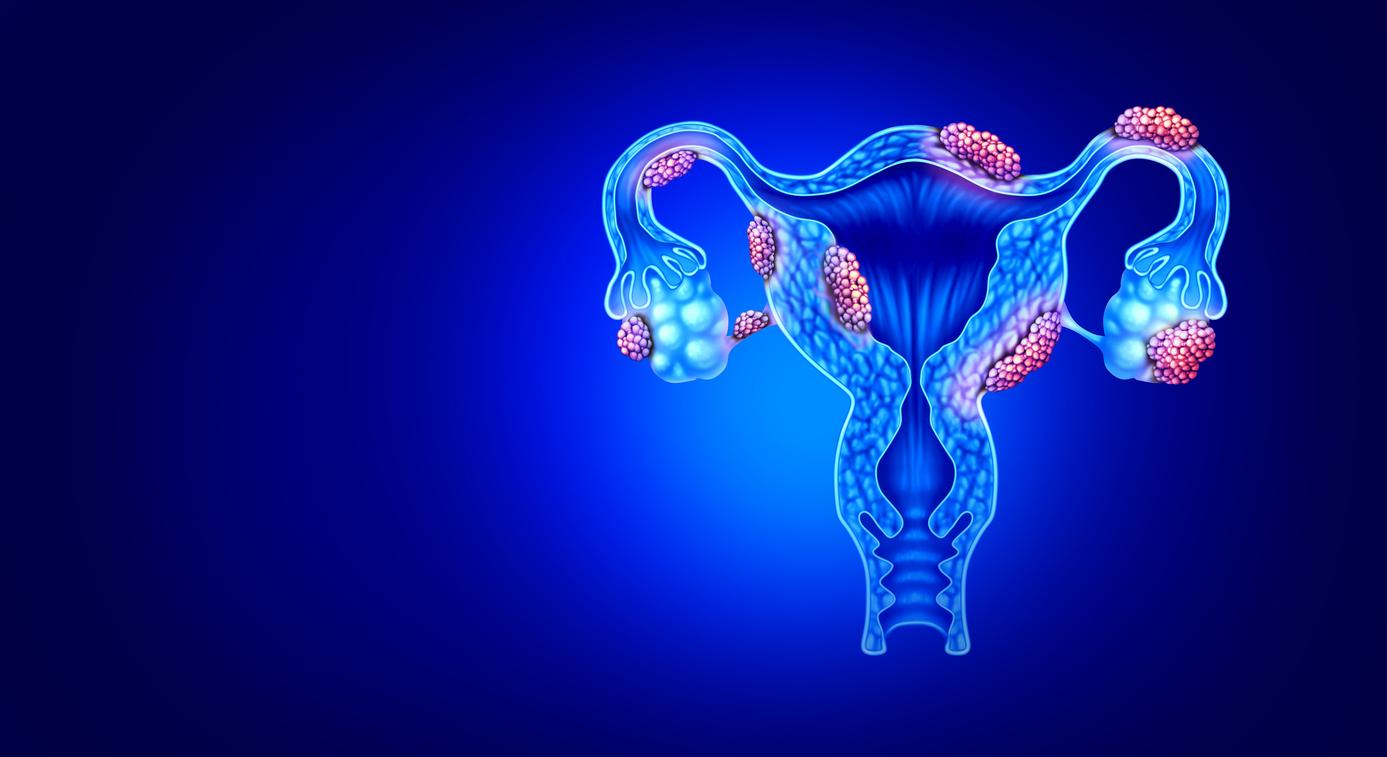One of the collateral symptoms of the coronavirus epidemic is back pain! Confined at home, working from home for some, in cocooning mode on the sofa, we neglected our posture. In reality, there is not one, but several back pain.
What to do in case of low back pain?
We talk about low back pain when the pain (which can be intense or dull) is concentrated in the lumbar region, the last 5 vertebrae of the spine. These back pains are not uncommon: they are the cause of 80% to 90% of osteopathic consultations! “Apart from certain very specific pathologies (osteoarthritis, premenstrual syndrome …), lower back pain is generally of mechanical origin, explains Adrien Ezine, osteopath. What happens is that the illiac psoas (a comparable muscle to a rope that connects the lumbar vertebrae to the hips and the hips to the pelvis) is spasmed: the person has “pulled on the rope too much” which causes pain in the lumbar vertebrae. “
>> What works: taking analgesics and anti-inflammatory drugs can relieve acute low back pain (less than four weeks). “Antidepressants can also be used in small doses for chronic pain” says Professor François Rannou, rheumatologist and rehabilitation doctor. But when low back pain drags on, the solution isn’t in drugs, but in movement. “Re-training to the effort is therefore essential.” We are not talking about becoming a top athlete, but about being as active as possible.
What to do in case of sciatica?
The sciatic nerve is accumulating records. It is the largest and longest nerve in the body. Its roots are called L5 (between the fourth and fifth lumbar vertebrae) and S1 (between the fifth lumbar vertebra and the first sacral vertebra). Sciatica? It is a sharp pain that travels the path taken by this nerve, starting from the lower back to descend along the buttock, thigh and calf, and sometimes to the foot. Most often, it is caused by a herniated disc, which compresses one of the roots of the sciatic nerve.
>> What works: “Paracetamol or more powerful analgesics, and non-steroidal anti-inflammatory drugs should be used as soon as the pain appears, to accelerate the recovery from the crisis. Better to consult quickly to find the right medicine for you. When this is not enough, corticosteroid injections will reduce the inflammation. Once the acute pain has passed, physiotherapy sessions may be prescribed “explains Professor Rannou.
What to do in case of neck pain?
If the pain (intense or dull) is more localized in the neck, neck and / or shoulders, we speak of neck pain: “once again, apart from certain specific diseases (cervicarthrosis, ankylosing spondylitis … ), the origin of neck pain is mainly mechanical: this concerns in particular people who have their head down all day – on the smartphone or in the direction of the computer “, says Adrien Ezine. Indeed: in the event of prolonged bad posture, there is indeed a permanent sheathing of the muscles of the upper back: trapezius, scalene, sterno-costo-clavicular, splenius, which “pulls” on the first 7 vertebrae of the spine. … and causes pain.
>> What works: stretching, massages … and a change in (bad) habits.
What if it was a vertebral collapse?
Vertebral compression is the fracture of one or more vertebrae, which collapse, and see their size decrease. The main culprit is osteoporosis, which slowly and insidiously “nibbles” and weakens the vertebrae. This disorder can progress in the shade for a long time, or conversely be extremely painful.
>> What works: Wearing a corset may be advisable, to immobilize the spine for a few weeks. In the most serious cases, a visit to the operating room will be offered. Vertebroplasty involves injecting cement into the vertebra to restore it to its original shape. A more recent technique, the Spine Jack also uses cement. But this material is fixed around a titanium implant introduced into the vertebra. To avoid recurrence, anti-osteoporosis treatment will then be highly recommended.
Our expert : Adrien Ezine, osteopath in Bry-sur-Marne (94).
- Sources: My healthy yoga bible, Sophie Pensa, ed. Leduc.S
- The guide to natural painkillers, Dr Yann Rougier and Marie Borrel, eds. Leduc.S





















